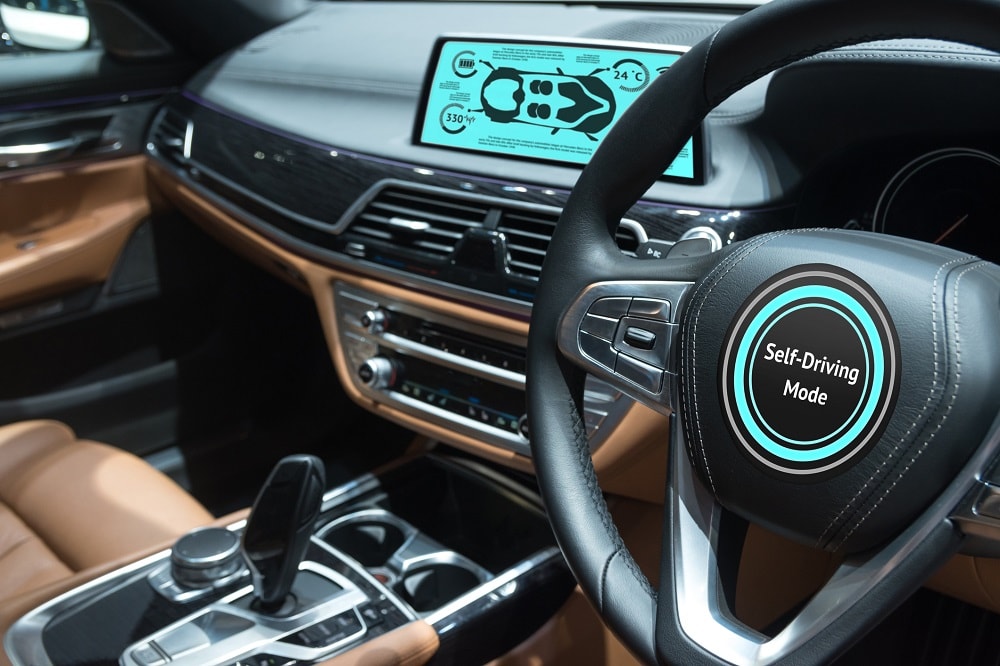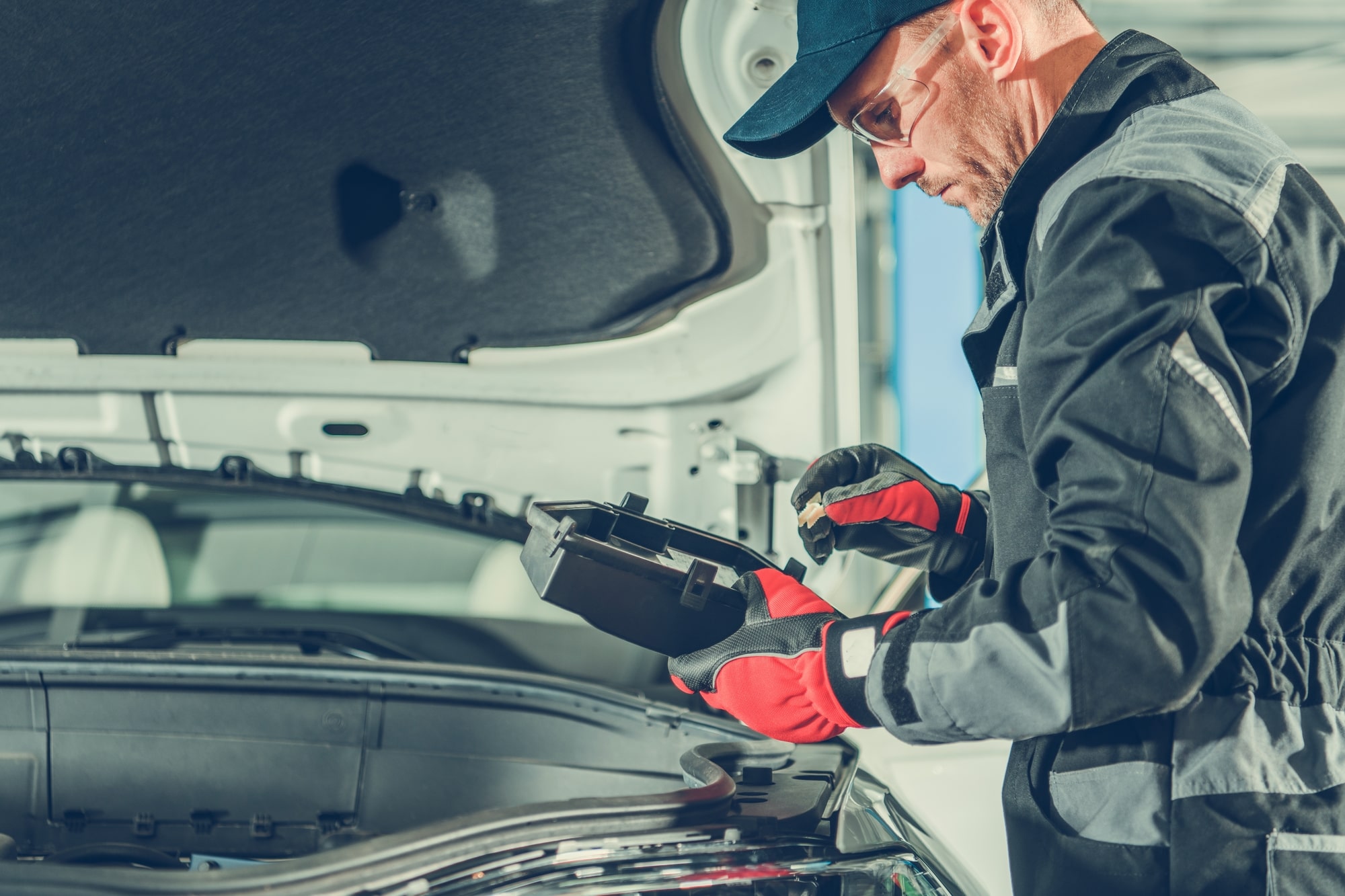In a statement released on Thursday, Honda revealed that it expects to release self-driving cars by 2025. This is the first confirmation that Honda will participate in the already heated race to become the front-runner for autonomous vehicles. From Honda’s point of view, it isn’t so much a race to be the first producer of self-driving cars as it is an opportunity to step into the game later on, when the company is more comfortable adapting to an entirely new branch of the auto industry.
Honda joins an extensive list of companies to promise self-driving cars in the foreseeable future. Several automobile producers expect to do so by 2021. This includes Ford, GM, BMW, Audi, as well as Japanese rivals Toyota and Nissan. Waymo, a Google branch-off, has been rumored to be in talks with Honda about partnering to expedite this process, and even Uber and Lyft have some skin in the game, both expecting driverless taxis within the next two years.
The autonomous vehicle industry is poised to become an incredibly lucrative one, and it would have been shocking to see a company as large as Honda remain on the sidelines for much longer. The prize is simply too appealing to ignore, and allowing Japan’s other largest manufacturers to extend their lead any further in this regard could severely damage Honda’s brand.
 On one hand, Honda may have already dug itself into a deep hole by holding out for this long. Ridesharing apps are surging in popularity, and the coinciding emergence of self-driving cars could cause a drastic decline in the popularity and profitability of personally owned vehicles even in the next ten years. In terms of being able to brand their self-driving cars, Honda could have a difficult time catching-up once other major players have already established themselves in this emerging industry.
On one hand, Honda may have already dug itself into a deep hole by holding out for this long. Ridesharing apps are surging in popularity, and the coinciding emergence of self-driving cars could cause a drastic decline in the popularity and profitability of personally owned vehicles even in the next ten years. In terms of being able to brand their self-driving cars, Honda could have a difficult time catching-up once other major players have already established themselves in this emerging industry.
Even if Honda sticks to their current timeline, it will likely still find itself far behind its competitors in terms of its vehicles’ degrees of autonomy. The car that Honda hopes to release in 2025 will be of Level 4 capacity, meaning it can assume full control over its driving but will still need a human operator in the case of dangerous weather or poor road conditions. By that time, Ford will have theoretically had its Level 4 car on market for four years, and Tesla should have completed its Level 5 car, one that is capable of fully autonomous driving with no exceptions.
Although Honda’s reluctance to push themselves into the autonomous car chase could ultimately prove fatal, it could also gain the upper hand if the aspirations of its competitors have yet to come to fruition by then. Delivering driverless cars in the near future holds significant value from the standpoint of industry and company growth, but it could have serious practical issues as well. For example, many cities are not entirely mapped out yet, and these cars would experience difficulty trying to navigate them. Also, observing the technical failures of early driverless cars will assist Honda in crafting one that is more reliable than its competition.
As racecar driver and Honda spokesman Sage Marie said, “Honda isn’t always the first to the party, but we’re usually the best dressed!” This may be true in the case of self-driving cars, but a lot depends on the success of Honda’s competition. If Honda can find its niche in the market by 2025, expect it to be right there with all of the other major companies striving to produce autonomous vehicles. If they begin to fall behind on their already delayed timeline, though, it may be too difficult for Honda to ever fully catch up.


